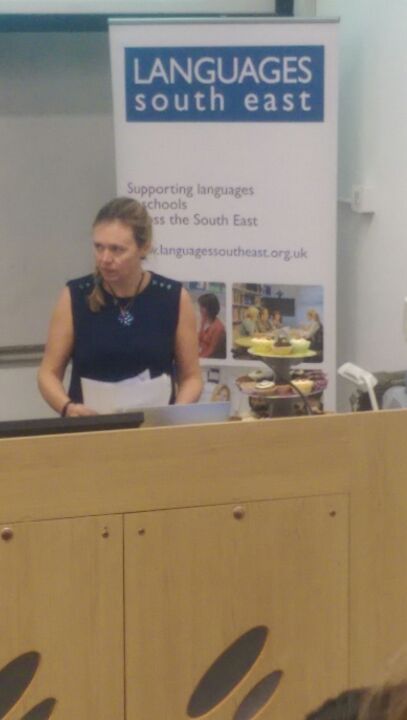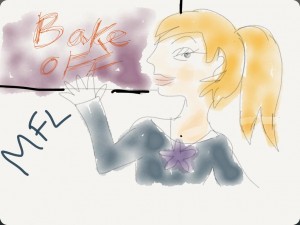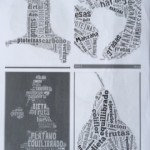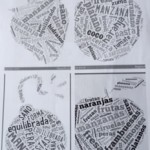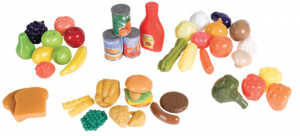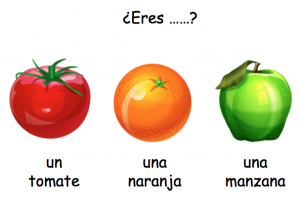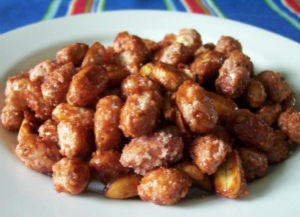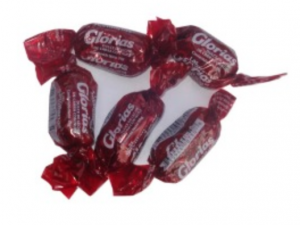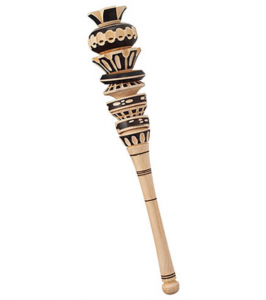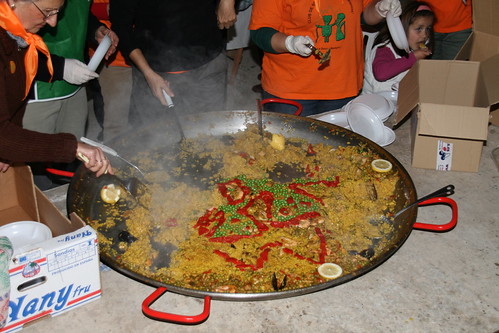Being stuck with my foot up is giving me plenty of time to read, think and play with my tech, and this morning a combination of the three inspired this post!
I was pinning away on Pinterest when I came across this ‘Pin’
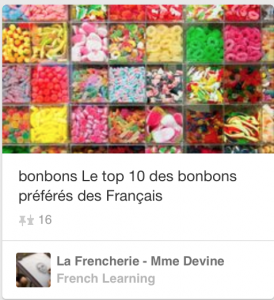
I followed the link and as I looked at the article, I started thinking “How could I use this?”
So I started making a list
1. Compare the sweets eaten in France and UK. Are they the same?
2. Look at the names of the sweets e.g. les bouteilles de Coca, les bonbons au caramel. Could you understand these names without seeing the pictures? Test it by giving learners the images and the words separately and see if they can match them. Or ask “Qu’est-ce que c’est ‘Bottle’ en français?”
3. Look at ordinal numbers “le bonbon en première position est…?” “Dans quelle position est la fraise Tagada?” “Quelle est le bonbon en huitième place?”
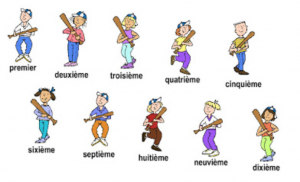 4. Discuss likes and dislikes – “Tu aimes les bouteilles de Coca?” ” Tu préfères les Dragibus ou les Chamallows?” “Quel bonbon aimes-tu?” Encourage use of connectives e.g. “Je n’aime pas le Reglisse mais j’aime beaucoup les Schtroumpf”, “J’aime les Chamallows mais je préfère les bouteilles de Coca.”
4. Discuss likes and dislikes – “Tu aimes les bouteilles de Coca?” ” Tu préfères les Dragibus ou les Chamallows?” “Quel bonbon aimes-tu?” Encourage use of connectives e.g. “Je n’aime pas le Reglisse mais j’aime beaucoup les Schtroumpf”, “J’aime les Chamallows mais je préfère les bouteilles de Coca.”
5. Conduct a survey. You could use the French sweets or find out about the learners’ likes and dislikes by asking for example “Tu préfères quel bonbon?”
6. Make a bar graph of the results and discuss “Combien d’enfants aiment les bonbons au caramel?”
7. You could use the above graph to talk about plus / moins (more and less) “Les Schtroumpf sont plus ou moins populaires que le nounours à la guimauve?” “Quel est le bonbon plus populaire?”
8. Talk about the colours of the sweets. I also found these really colourful lollipops that would be good.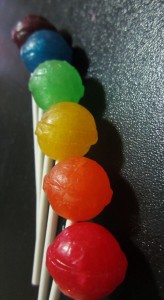
Or you could use a packet of Smarties and count how many of each colour you get in each tube. (More opportunity to use plus/moins que)
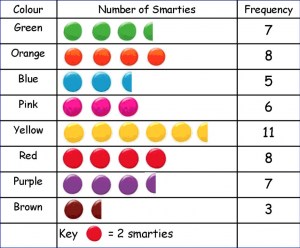
9. Learners invent their own sweets! This could lead to recipes, labelling colours and shapes, craft as they could make them out of clay/playdough, coloured paper, and even trying to sell them to their peers using persuasive language “Mes bonbons sont délicieux” “Oui, mais les sucettes sont plus savoureux” and so on10. And finally, as healthy lifestyles are important, perhaps linking sweets to thinks we should and shouldn’t eat, and foods that “bon pour la santé” Perhaps use a food triangle to add foods in the correct proportions with sweets at the very top! There are Spanish examples on my Pinterest Or you could make a poster like this Spanish one using Moins and Plus. And here are a few examples in French.
Click to download.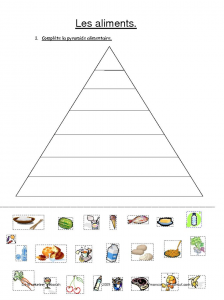 |
A collage of food.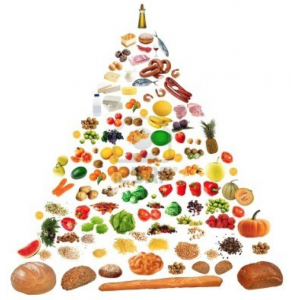 |
This made me laugh!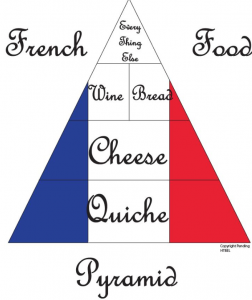 |
I looked for a similar article in Spanish but couldn’t find one. However, I did find this video of Spanish sweets and chocolate
httpv://youtu.be/sFR82CUeDLI
I also came across this article that gives a list (and description) of types of sweets in Spanish and information on how to start a sweet shop!
And this board – Postres y dulces de España – on Pinterest so check it’s not blocked in school before you rely on using it in your lesson! It shows an example of a pastry or sweet from many regions and cities of Spain. Mouthwatering!
Whilst I didn’t find the 10 most popular sweets in Spain, I found some dangerous ones – Los 21 dulces más peligrosos (from USA so I hadn’t heard of lots of the sweets) talks about the sugar/fat/carbohydrate content of various sweets as well as hidden nuts and so on, and also this article on Halloween sweets
And I did find some popular Mexican ‘dulces’ (not quite the same as it includes all sorts of sweet treats not just sweets/candy)
5 dulces mexicanos más populares includes recipes as well as details of palanquetas, alegrías, glorias, ate and cocada.
And Los 10 dulces más típicos de México expands on the above giving some further examples of Mexican treats like cacahuetes garapiñados and mazapán.
So – what would YOU do? Please leave your ideas in the comments, or via Twitter @lisibo
Off to have dark chocolate Bounty now 😉 Délicieux!
Update!
I’ve made a PDF/PPT of the top ten French sweets-
Les top 10 bonbons PDF Les top 10 bonbons PPT
Your ideas!
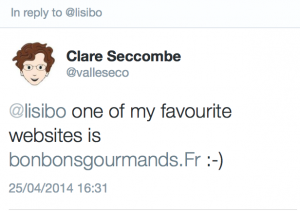
See slide 37 of Clare’s presentation for an idea of how she uses this site to support Maths skills.

And Erzsi replied too. I had to look up why she took in a Chupa Chup for Dalí so I learned something new too!
And my husband has just come back from Mexico with these!

